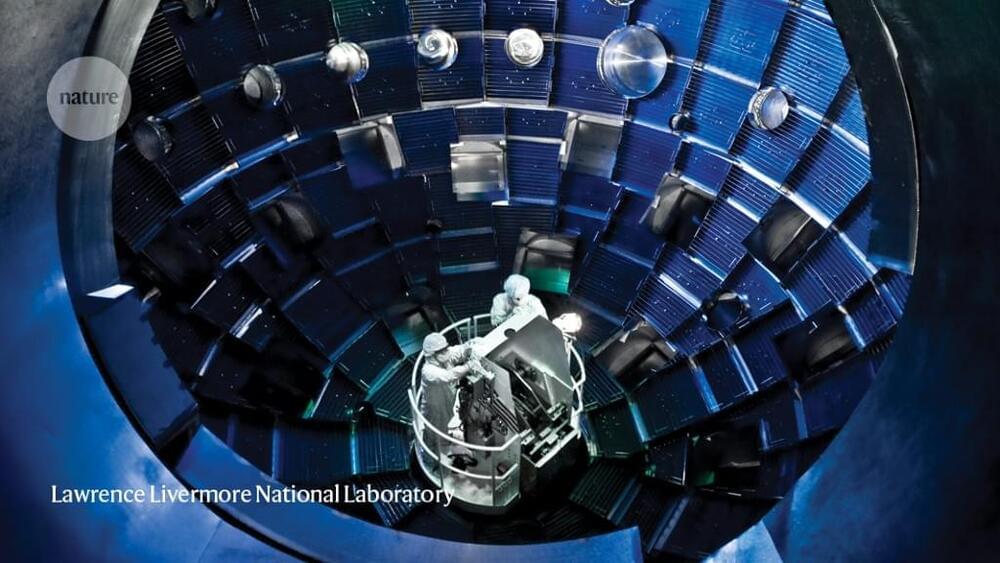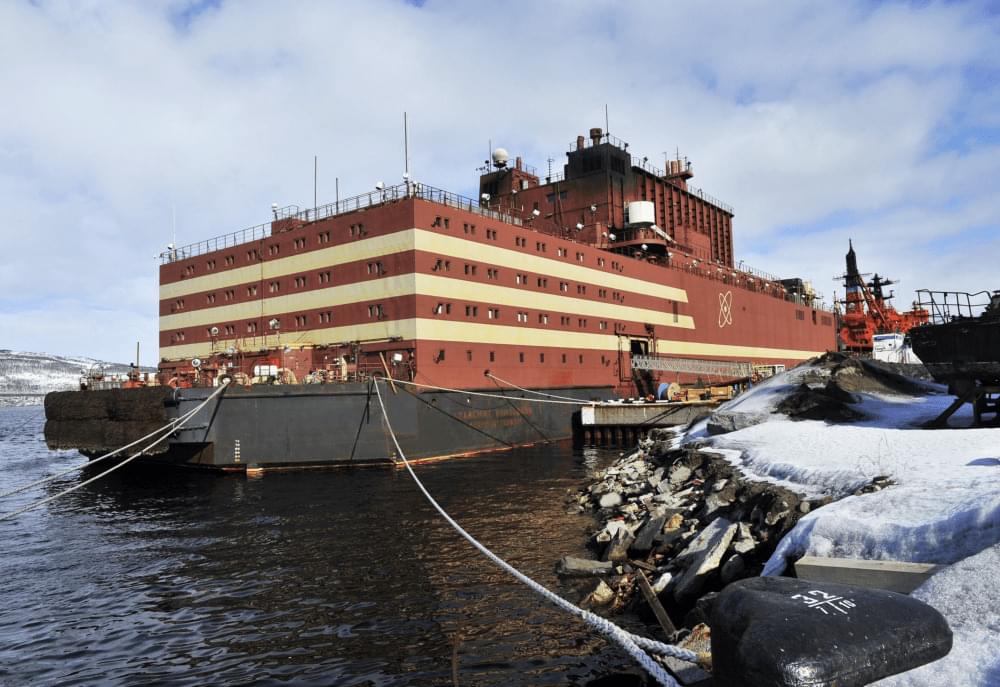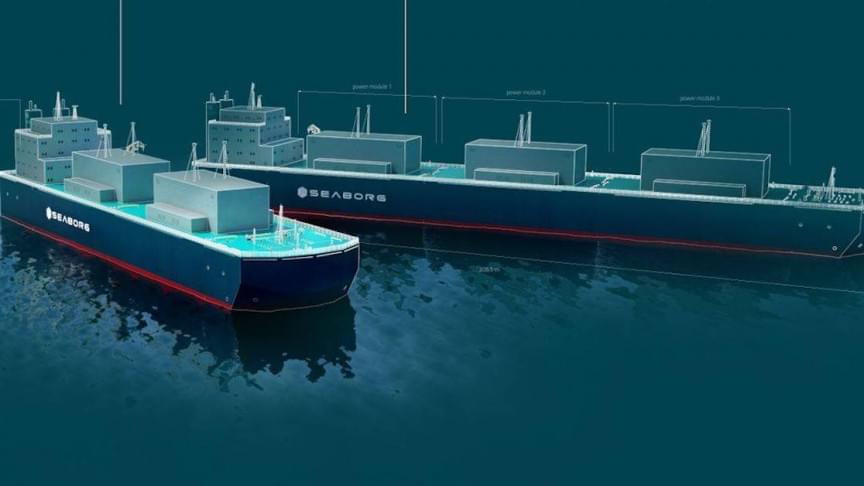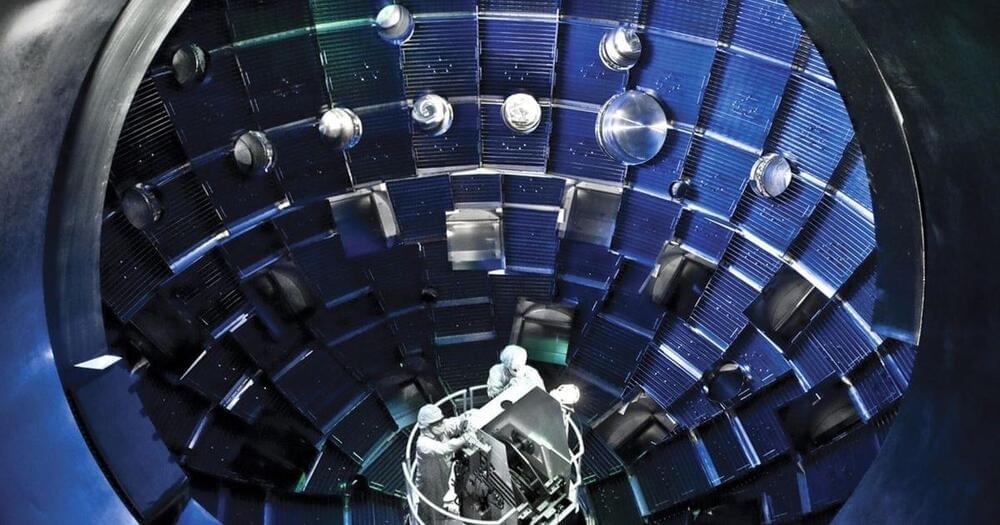The chernobyl special industrial zone — ecosystem restoration, remediation, and the development of energy and chemical byproducts — mykola tolmachov, chernobyl-51 industrial cluster.
The Chernobyl disaster / nuclear accident, occurred on April 26th, 1,986 at the No. 4 reactor in the Chernobyl Nuclear Power Plant, near the city of Pripyat in the north of Ukraine.
The initial emergency response, together with later decontamination of the environment, ultimately involved more than 500,000 personnel and cost an estimated US$68 billion, adjusted for inflation.
The current Chernobyl Exclusion Zone covers an area of approximately 2,600 km2 (1,000 sq mi) in Ukraine, immediately surrounding the Chernobyl Nuclear Power Plant, where radioactive contamination is highest and public access and inhabitation are restricted.
The Exclusion Zone’s purpose is to restrict access to hazardous areas, reduce the further spread of radiological contamination, and conduct radiological and ecological monitoring activities.






